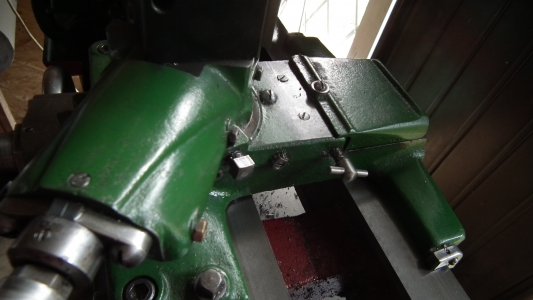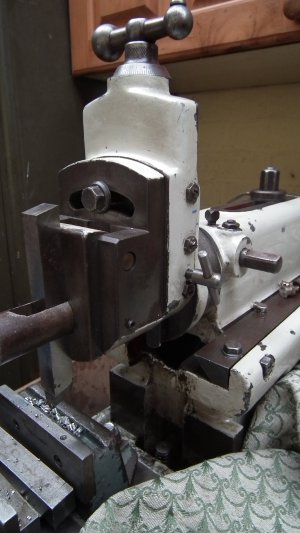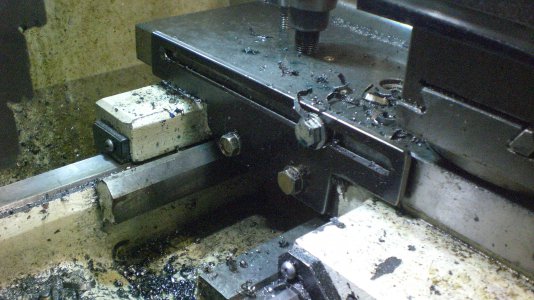JR,
Yes my own experience has shown improvement in cutting in certain conditions by snugging up the gib set screw. Its an old trick not invented by us newbies. The manufacturer of my lathe did provide the set screw adjustment. I'm glad its there and I use to advantage sometimes.
Good luck.
Yes my own experience has shown improvement in cutting in certain conditions by snugging up the gib set screw. Its an old trick not invented by us newbies. The manufacturer of my lathe did provide the set screw adjustment. I'm glad its there and I use to advantage sometimes.
Good luck.




